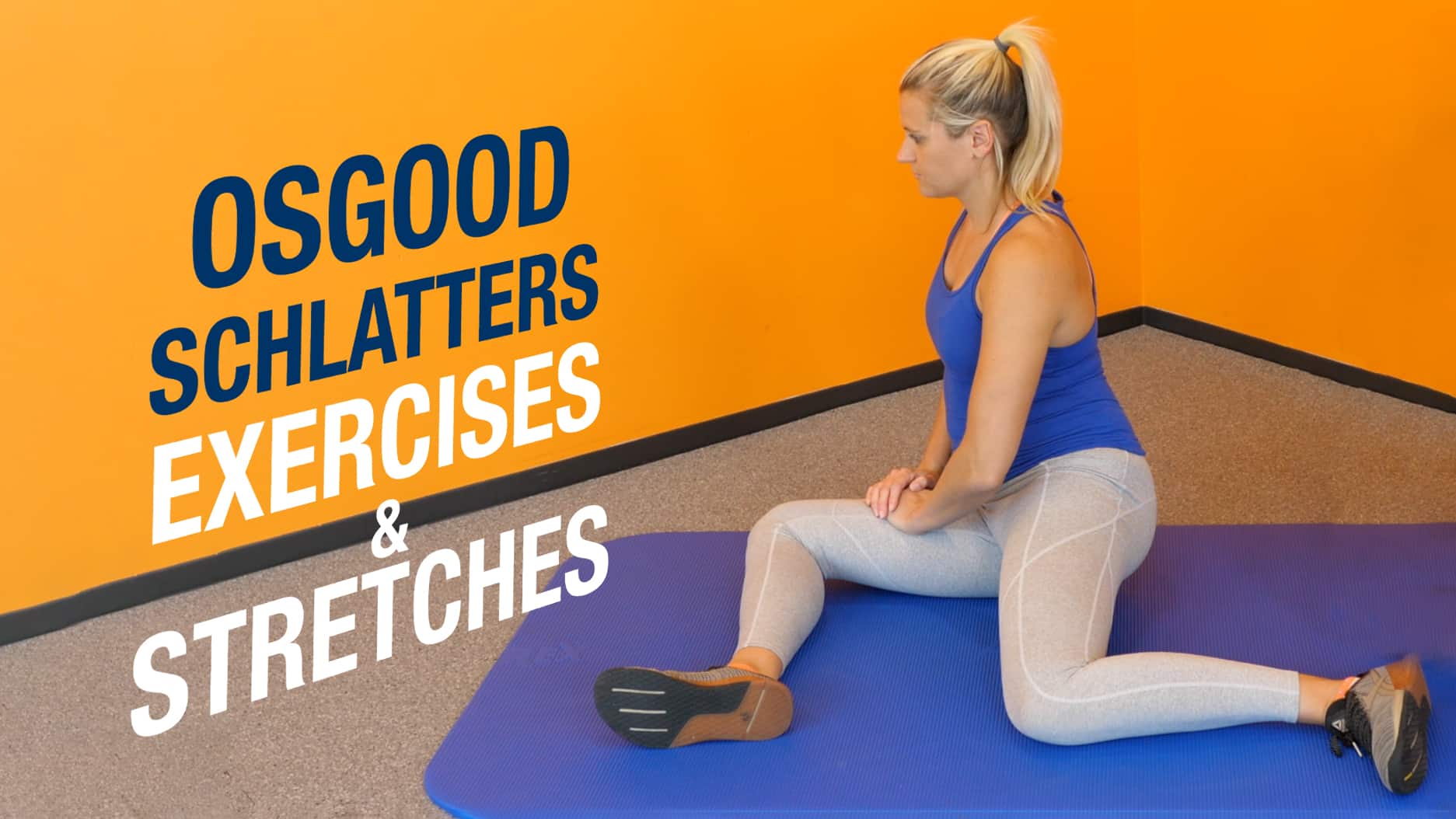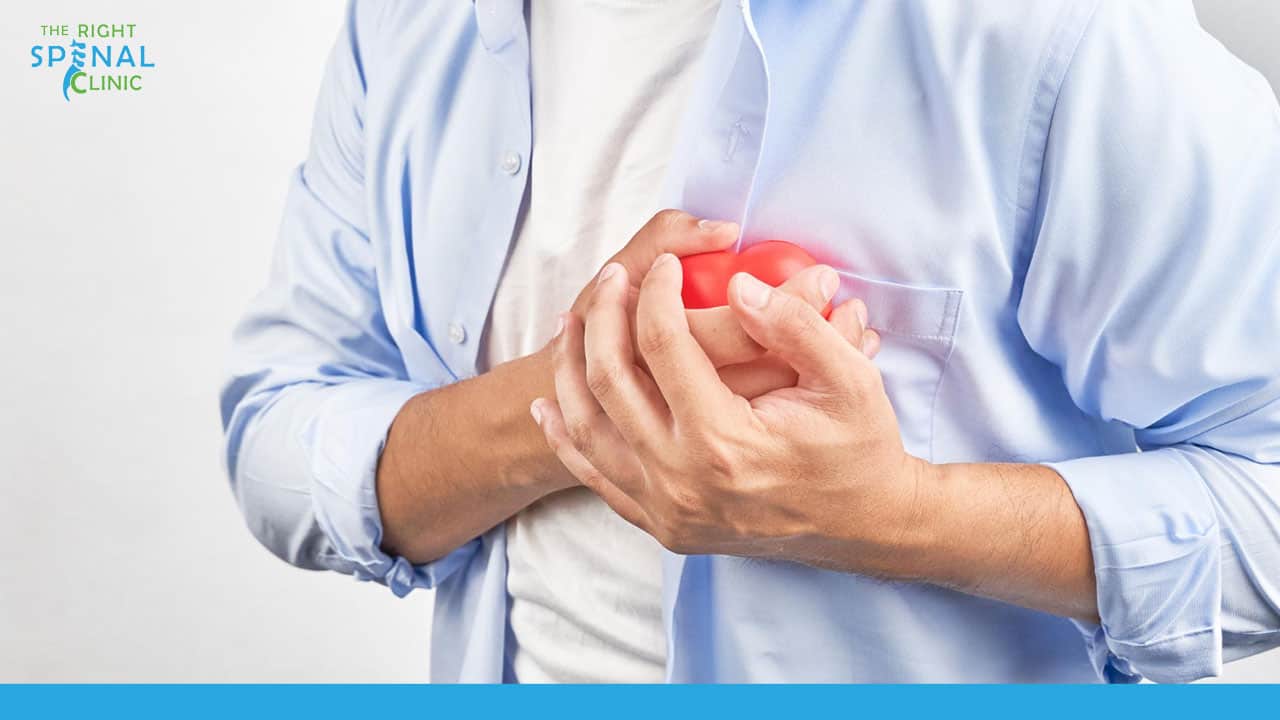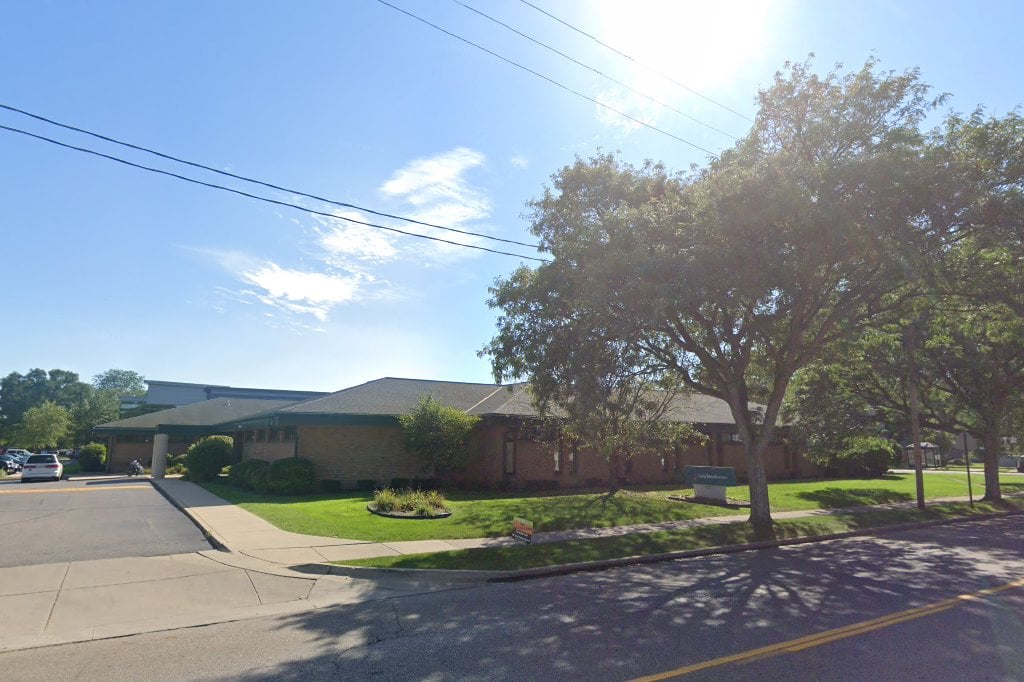8 Osgood Schlatter Stretches For Fast Relief

Osgood Schlatter disease is a common condition that affects the knee, particularly in adolescents during growth spurts. It’s characterized by inflammation of the patellar tendon and the tibial tuberosity, leading to pain, swelling, and tenderness below the knee. While it often resolves on its own once growth stops, incorporating specific stretches and exercises can help alleviate symptoms and promote faster relief. Here are eight stretches that can be particularly beneficial for individuals suffering from Osgood Schlatter disease.
1. Standing Quad Stretch
- How to do it: Stand with one hand against a wall for balance. Bend one knee, keeping your foot behind you, until you feel a stretch in the front of your leg. Hold for 30 seconds and then switch legs.
- Why it helps: Stretching the quadriceps can reduce tension on the patellar tendon, which in turn can help alleviate some of the stress on the tibial tuberosity, offering relief from Osgood Schlatter symptoms.
2. Seated Leg Stretch
- How to do it: Sit on the floor with your affected leg straight out in front of you. Lean forward, reaching for your toes, until you feel a stretch in the back of your leg. Hold for 30 seconds.
- Why it helps: This stretch can help loosen the hamstring muscles, which can indirectly reduce strain on the knee and surrounding areas affected by Osgood Schlatter.
3. Calf Stretch
- How to do it: Stand facing a wall with one hand on the wall for balance. Step one foot back about a foot, keeping your heel on the ground. Slowly bend the front knee, keeping the back leg straight, until you feel a stretch in your calf. Hold for 30 seconds and then switch legs.
- Why it helps: Tight calf muscles can contribute to altered biomechanics of the leg, potentially worsening Osgood Schlatter symptoms. Stretching the calf can help maintain normal movement patterns and reduce strain on the knee.
4. Iliotibial (IT) Band Stretch
- How to do it: Stand with your affected side next to a wall for support. Cross your affected leg over your other leg, keeping your foot behind you. Bend your knee and lean towards the wall until you feel a stretch on the outside of your leg. Hold for 30 seconds and then switch legs.
- Why it helps: The IT band runs down the outside of the thigh from the hip to the knee. Tightness here can contribute to knee pain and potentially exacerbate Osgood Schlatter symptoms, making this stretch particularly useful.
5. Knee Extension Stretch
- How to do it: Sit on the floor with your affected leg straight out in front of you. Loop a towel around the ball of your foot and gently pull your toes back towards you until you feel a stretch in the front of your knee. Hold for 30 seconds.
- Why it helps: This stretch targets the quadriceps and can help improve knee extension, reducing strain on the patellar tendon and providing relief from Osgood Schlatter disease.
6. Hamstring Stretch with a Towel
- How to do it: Lie on your back and loop a towel around the ball of your foot. Keeping your leg straight, pull your foot towards you until you feel a stretch in the back of your leg. Hold for 30 seconds.
- Why it helps: Hamstring tightness can affect the alignment and movement of the knee, potentially increasing stress on the areas affected by Osgood Schlatter. This stretch helps maintain flexibility in the hamstring muscles.
7. Wall Squat
- How to do it: Stand with your back against a wall and your feet shoulder-width apart. Slowly slide your back down the wall, keeping your knees bent at a 90-degree angle. Hold for 30 seconds.
- Why it helps: This stretch can help strengthen the muscles around the knee and improve flexibility without putting excessive strain on the patellar tendon, making it beneficial for managing Osgood Schlatter symptoms.
8. Lunges
- How to do it: Stand with your feet together. Take a large step forward with one foot and lower your body down into a lunge, keeping your back knee almost touching the ground. Push back up to the starting position and repeat with the other leg.
- Why it helps: Lunges can help strengthen the muscles around the knee, including the quadriceps and hamstrings, which are crucial for supporting the knee joint and alleviating the stress that contributes to Osgood Schlatter disease.
Additional Tips for Relief
- Rest and Ice: Giving your knee regular breaks and applying ice can help reduce inflammation and pain.
- Strengthening Exercises: Besides stretching, exercises that strengthen the knee and surrounding muscles can provide long-term relief and support.
- Proper Footwear: Wearing shoes that provide adequate support and cushioning can help reduce stress on the knee.
Conclusion
While Osgood Schlatter disease can be a source of significant discomfort, incorporating these stretches into your daily routine, along with other management strategies, can offer substantial relief and support the healing process. Always consult with a healthcare professional before starting any new exercise regimen, especially if you’re experiencing pain or discomfort. They can provide personalized advice and ensure that your approach to managing Osgood Schlatter disease is both effective and safe.
What is the primary cause of Osgood Schlatter disease?
+Osgood Schlatter disease is primarily caused by inflammation of the patellar tendon and the tibial tuberosity, often resulting from repetitive stress and microtrauma during periods of rapid growth in adolescence.
Can adults develop Osgood Schlatter disease?
+While less common, adults can experience symptoms similar to Osgood Schlatter disease, often due to overuse or direct trauma to the knee area. However, in adults, the condition is typically referred to as patellar tendinopathy rather than Osgood Schlatter disease.
How long does it take for Osgood Schlatter disease to heal?
+The healing time for Osgood Schlatter disease can vary significantly among individuals. In many cases, the condition resolves on its own once the growth spurt ends, but this can take several months to a few years. Incorporating stretches, strengthening exercises, and resting the knee can help manage symptoms and potentially speed up the recovery process.


